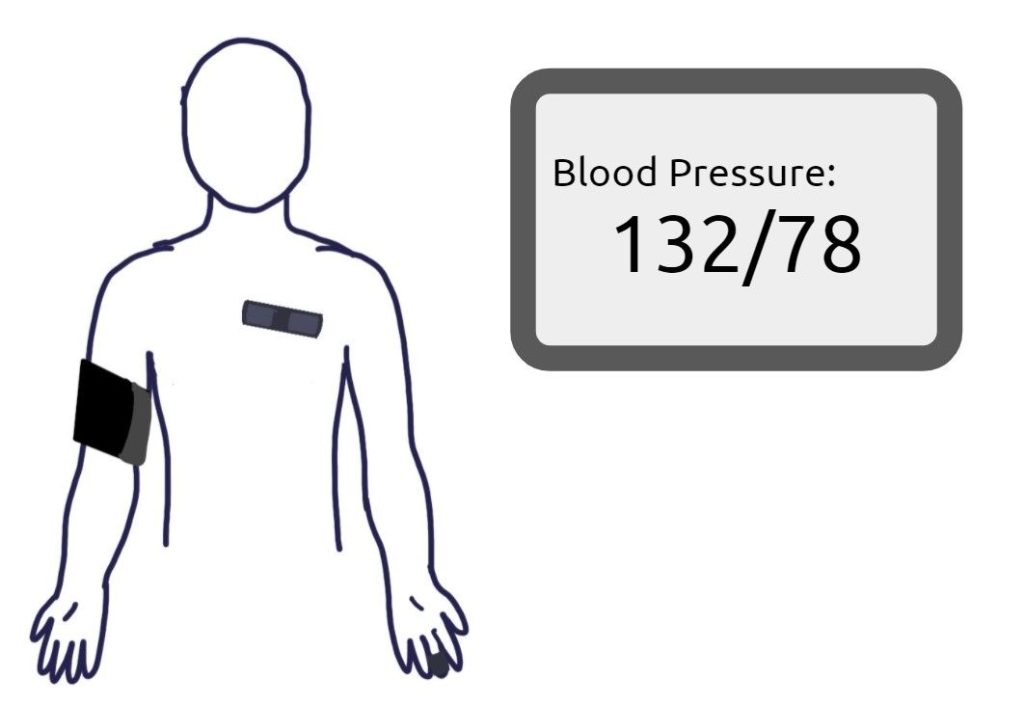Machine Learning Approach for the Real-time Detection of Intradialytic Hypotension
Team: CBID:HypoLERT
Program:
Biomedical Engineering
Project Description:
About 450,000 Americans currently rely on hemodialysis to manage their end-stage renal disease. Hemodialysis is the medical treatment which replaces the function of the kidneys, filtering a patient’s blood to remove excess fluids and wastes. On average, each patient undergoes hemodialysis three times a week, for a total of 70.2 million dialysis sessions each year in the United States alone. Intradialytic hypotension (IDH) is a drop in systolic blood pressure to less than 90 mmHg during a hemodialysis treatment and occurs in 11-22% of all treatments.
Under the current standard of care, a patient’s blood pressure is measured every 15-30 minutes using a BP cuff during hemodialysis. However, IDH can occur on the order of 60 seconds. This means that a patient could be hypotensive for up to 29 minutes before blood pressure is recorded with regular monitoring and technicians can intervene. This prolonged drop in blood pressure can result in a decrease in tissue perfusion, causing muscle cramping, abdominal pain, and fatigue. More significantly, IDH can also cause vascular access thrombosis, seizure, stroke, myocardial ischemia, cardiac arrhythmias, and cardiac arrest. As a result, IDH is a significant factor in the high mortality associated with hemodialysis.
The HypoLERT System is a non-invasive continuous blood pressure device that can detect IDH in real-time. Our device will provide dialysis technicians with high-frequency knowledge of each patient’s condition, improve patient outcomes during hemodialysis, increase patient lifespan, and minimize hospitalizations; therefore keeping patients receiving treatment in the clinic.
Team Members
-
[foreach 357]
[if 397 not_equal=””][/if 397][395]
[/foreach 357]
Project Mentors, Sponsors, and Partners
Dr. C. John Sperati, MD, MHS
Dr. Derek Fine, MD
Course Faculty
-
[foreach 429]
[if 433 not_equal=””][/if 433][431]
[/foreach 429]
Project Links
Additional Project Information
Project Photo



